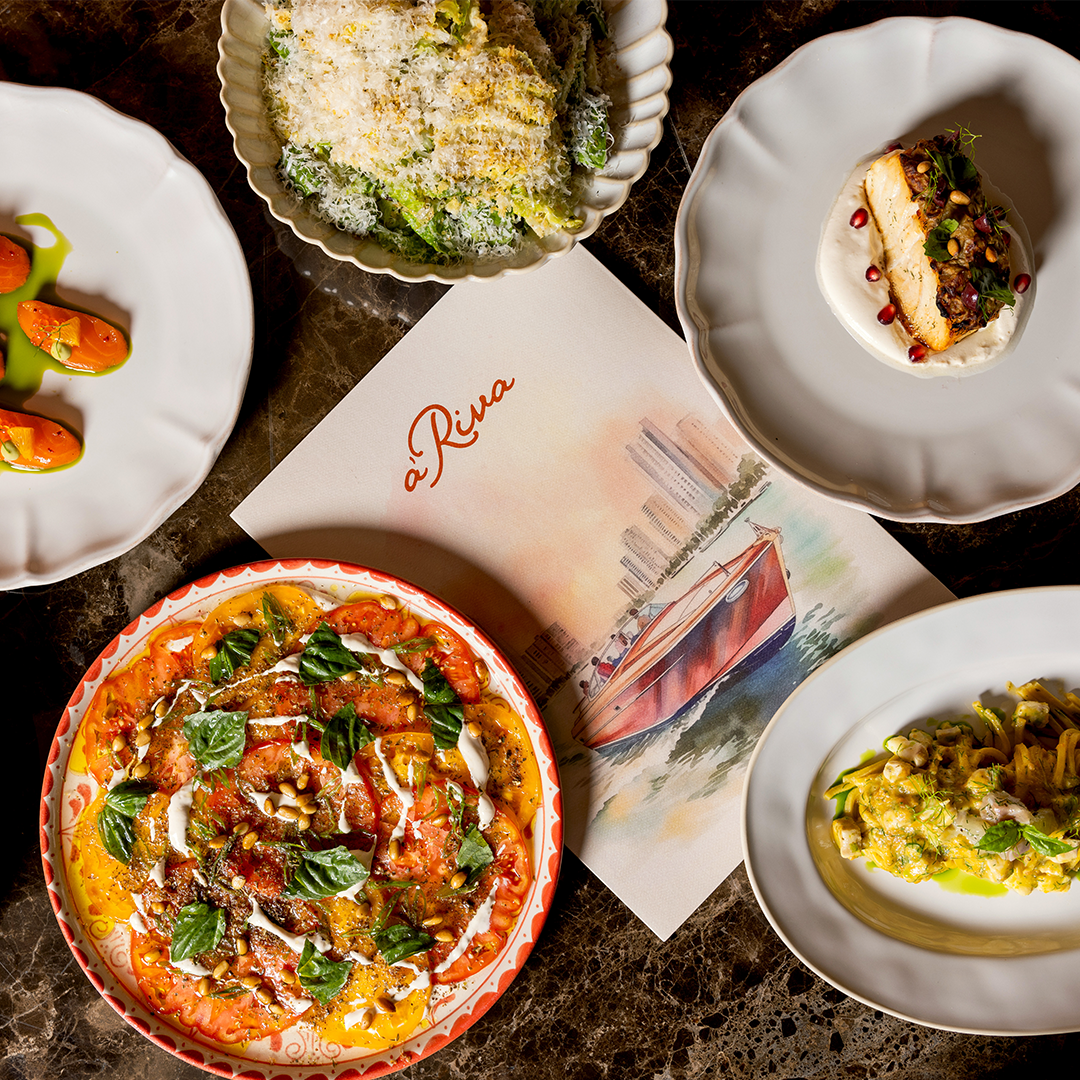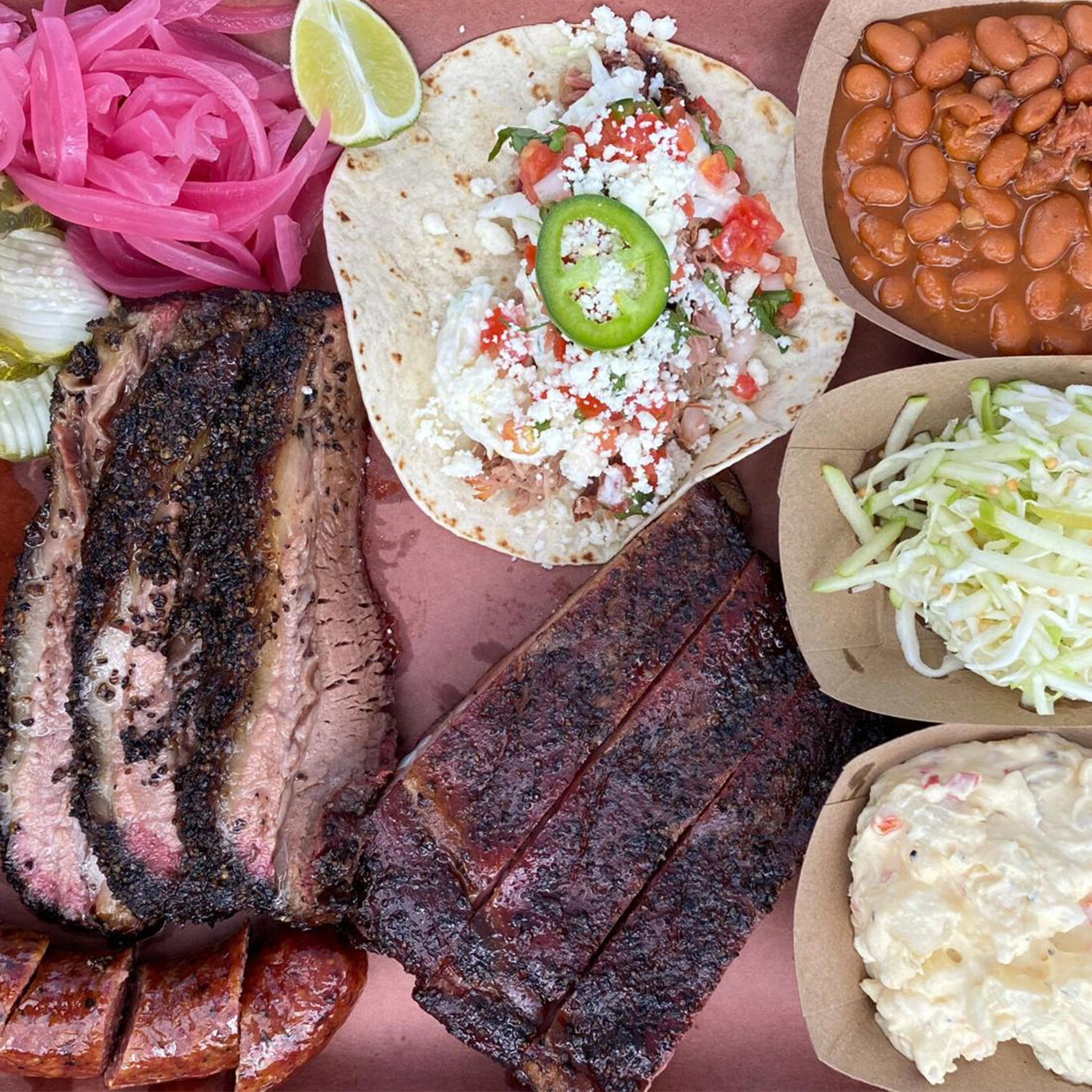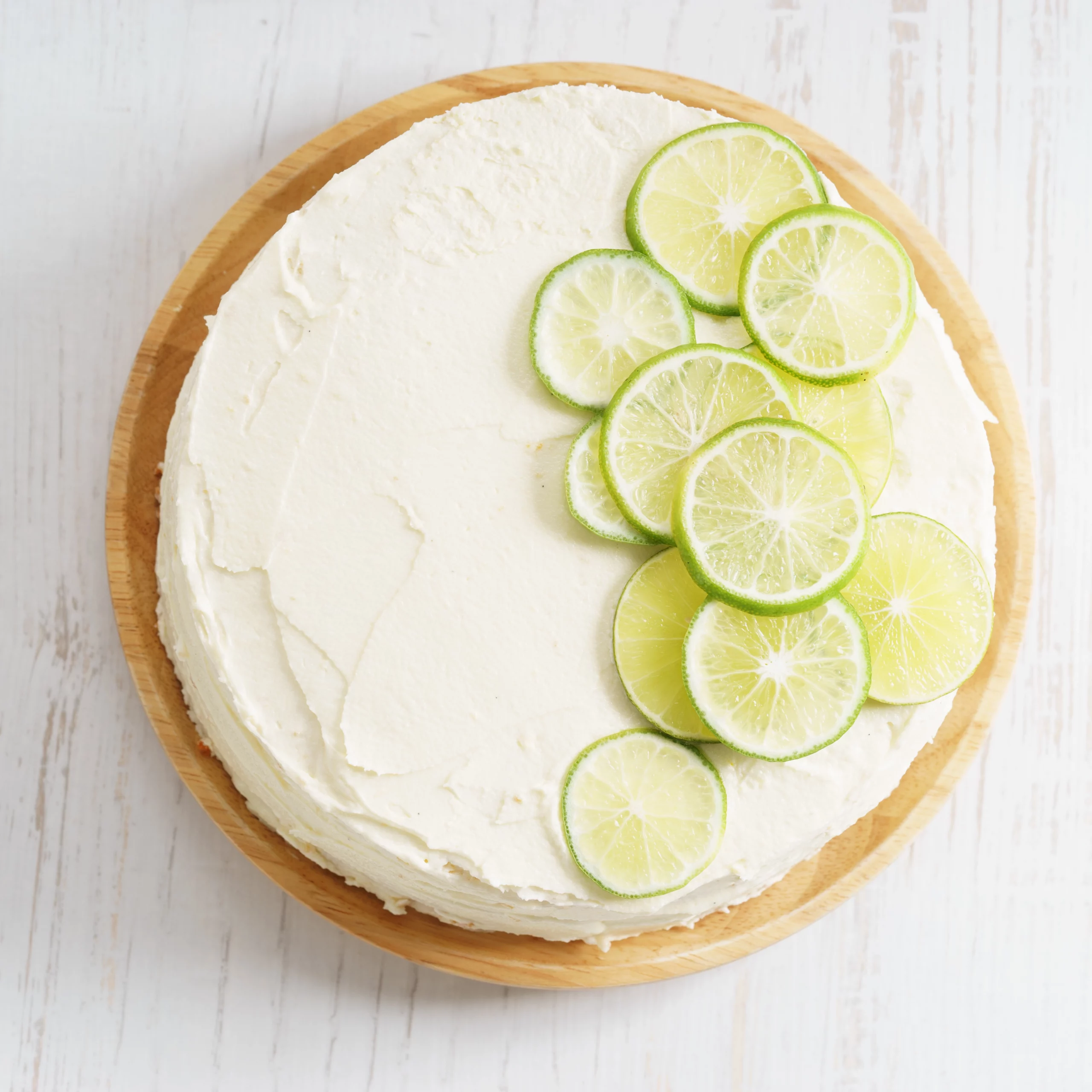by Eric Barton | October 25, 2016
The Restaurants Fueling Hurricane Ian Recovery in Southwest Florida
In the aftermath of disasters, Floridians find comfort in beloved burger joints and shared meals.

In any other place, this would be the kind of restaurant where a sane person would immediately turn and walk out. The only pieces of furniture inside Lehne Burger on a recent sunny afternoon were folding tables by the front door and messy stacks of chairs. Missing ceiling tiles added an exclamation point to the feeling of chaos.
The woman manning the table took my takeout order—a double cheeseburger, veggie burger, fries and tots—and walked the ticket back to the kitchen. Lehne Burger was the first restaurant to reopen in Cape Coral after Hurricane Ian ripped the beachfront town apart on Sept. 28, and three weeks later, they’re still at it, offering a limited build-your-own-burger menu in a restaurant with tarps for a roof.
Lehne Burger is a microcosm of the entire area these days, operating in a space somewhere between the carnage left by unfathomable storm surge and the hopefulness of returning to some form of normalcy. I visited mid-October to help my friend Jeff figure out how to get his parents’ home back to something livable. Because food can make the worst moments better—that’s why we have potlucks at funerals—I thought a lot about our next meal in between the work of digging out.
That first afternoon in Cape Coral, we stretched tarps across the roof and listened to stories from neighbors who stopped by to offer help. The neighborhood—you might know it by two of its more famous neighbors, Rumrunners and the Westin—is on the southernmost end of Cape Coral, just inches above sea level. On one side is a mangrove swamp, and the other is a maze of canals. Few of the full-time residents evacuated, since nobody predicted Ian would land here. Many locals, like Jeff’s parents, were at home as the waters from the swamp began to seep underneath their doors. The woman who owns the two-story home with the putting green yard offered up her home to everyone she could, and 10 people rode out the storm in bedrooms on the second floor. They watched as the winds shifted, the mucky waters receded, and then the brackish bay waters from the canals became a torrent. The home my friend and I were there to repair was lucky to get only two inches of water, but people on lower-lying plots of land got two feet inside. Although I was wondering, I didn’t ask what they ate as they rode out the storm on that second story, because you don’t ask a lot of questions when someone tells you a harrowing story like that. But I can imagine it, having ridden out hurricanes Wilma and Frances years ago. During storms, my wife and I typically devour the food we’ve stockpiled, glad we have gas ovens or grills to reheat frozen leftovers with dates scribbled on Ziploc bags.
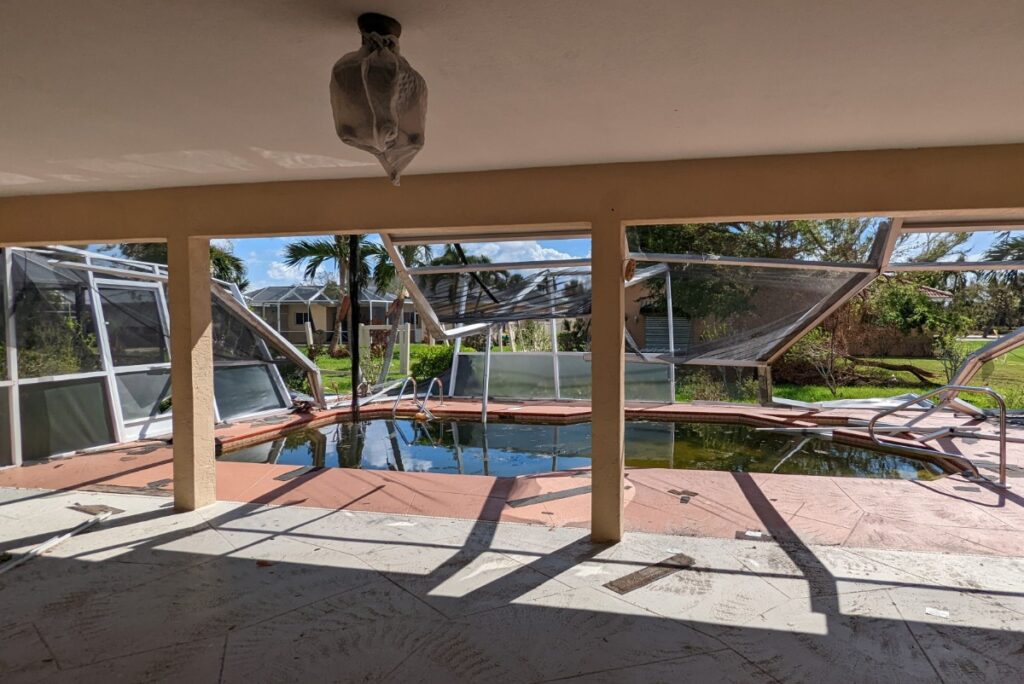
At the end of our first day of cleanup in Cape Coral, Jeff and I stayed with Nina and Pete, old friends who live nearby in Fort Myers. Nina’s inland neighborhood was spared serious damage, and she made us a meal of roasted chicken and orzo salad. When Hurricane Frances knocked out my power in 2004, Nina took me in, along with my wife and our dog, for a week. I made her eggs every morning in an attempt to repay her for her kindness—French-style soft scrambled diner omelets tri-folded with chives; and frittatas with parmesan. Now, here she was feeding me after another storm.
On our second day, we used a Sawzall to chop up the demolished aluminum lanai enclosure, trying hard not to touch the black-green sewage and swamp goo now occupying the pool. It took hours to pick up all the roof tiles that landed like scattered jigsaw pieces, and we left that day still needing to tackle the wet drywall and soggy carpets inside. Nina had dinner ready again, this time a crockpot pork roast that she sliced on ciabatta and covered in a sweet-tangy gravy.
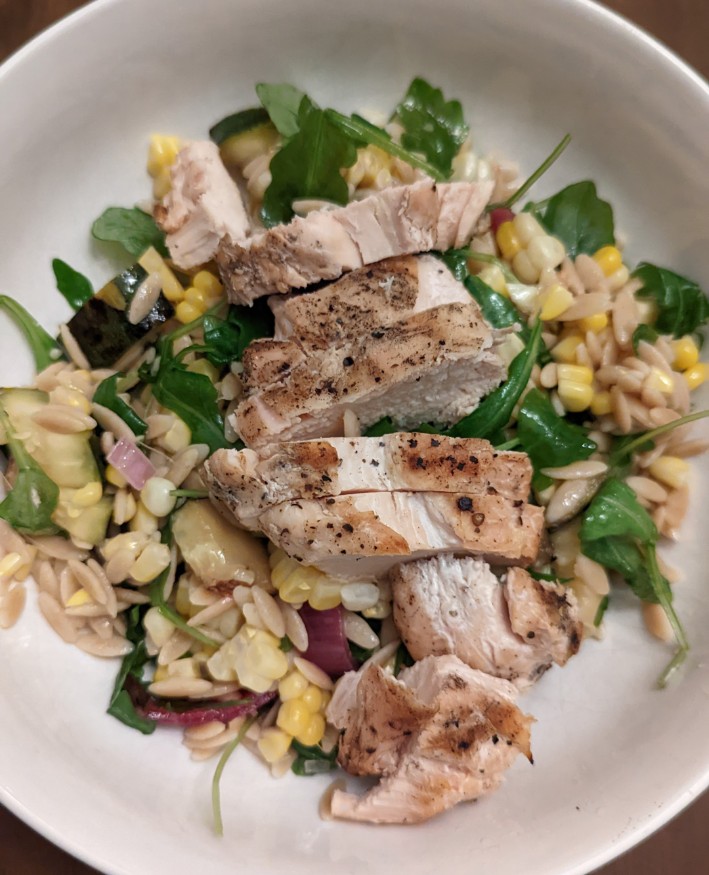
Lunch on day three wasn’t anything special, not nearly as good as the double-stack cheeseburger from Lehne. This time we ate pre-made wraps from Publix, which looked surprisingly normal considering the city around it, where the roofs of nearly every building are now colored in bright blue tarps. Many restaurants have reopened, especially chains. If you’re wondering if your favorite spot in Southwest Florida survived, Annabelle Tometich from the News-Press put together a list that must have taken days to produce and includes an intro that hit me hard, describing how survivors are on a quest to be OK. She wrote: “Whether we say it out of hope, fear or a mix of both, the need for things to be ‘OK’ is palpable—even when things are anything but OK.”
Driving back home across Alligator Alley on that third afternoon, I felt a little guilt eating most of a bag of Doritos. I was lucky to be leaving, going back to Miami where I have a roof and running water and working internet. That night, Jeff and I split a frita and a soggy Cuban sandwich at a bar on South Beach. They weren’t very good. But as sharing a meal (even a mediocre one) with friends typically does, it made me think: How lucky are we? How lucky are we to be OK?

